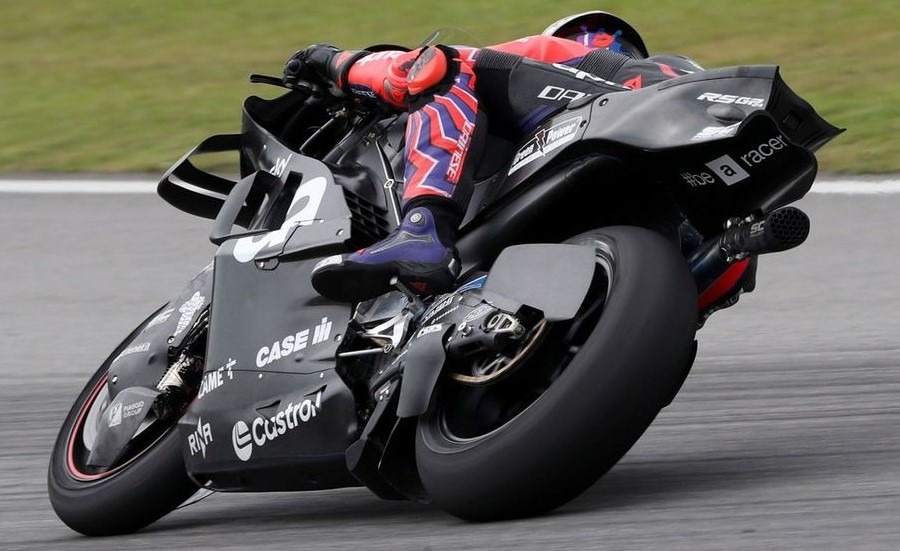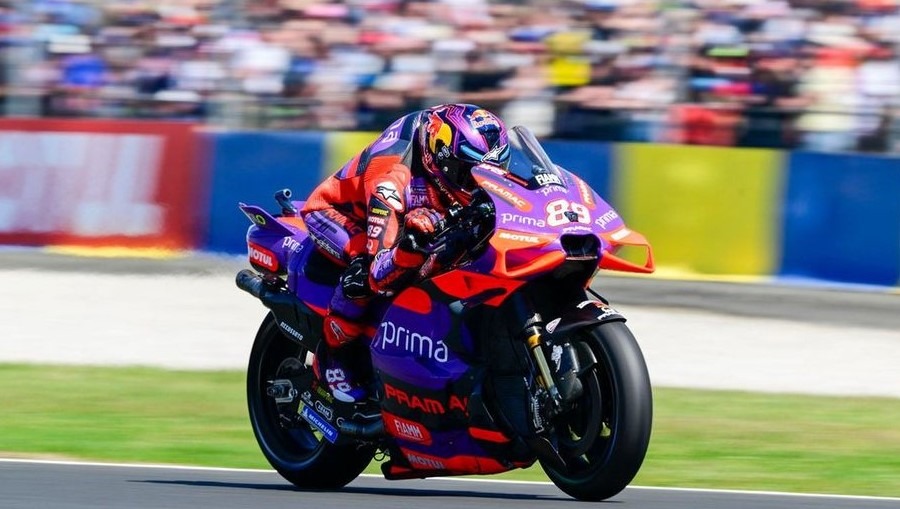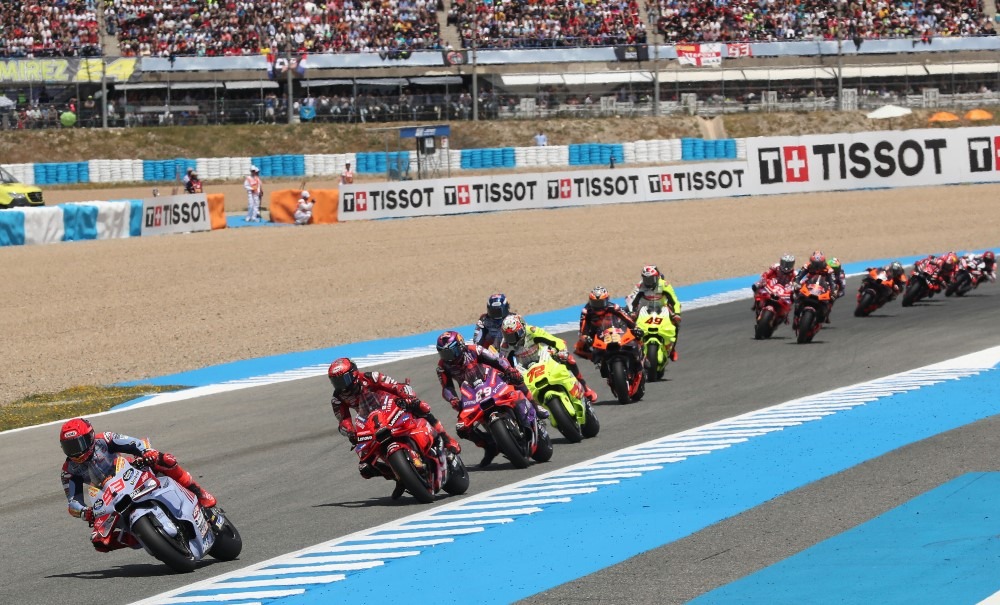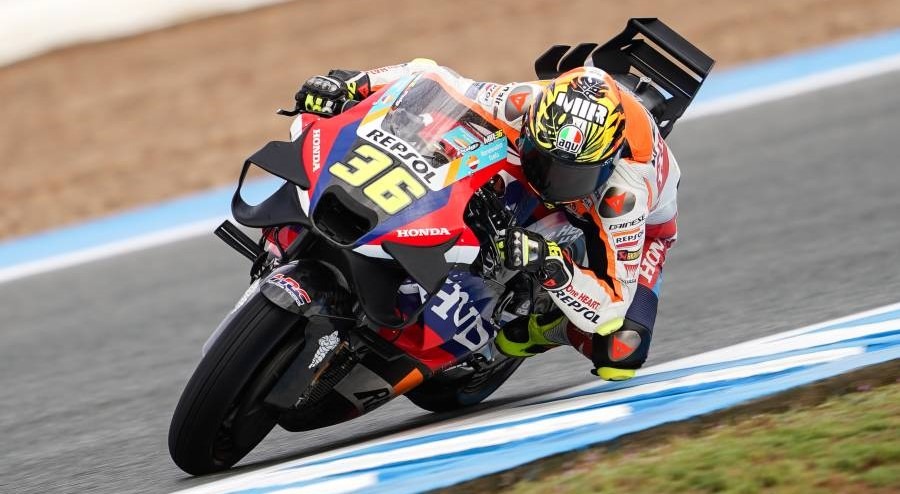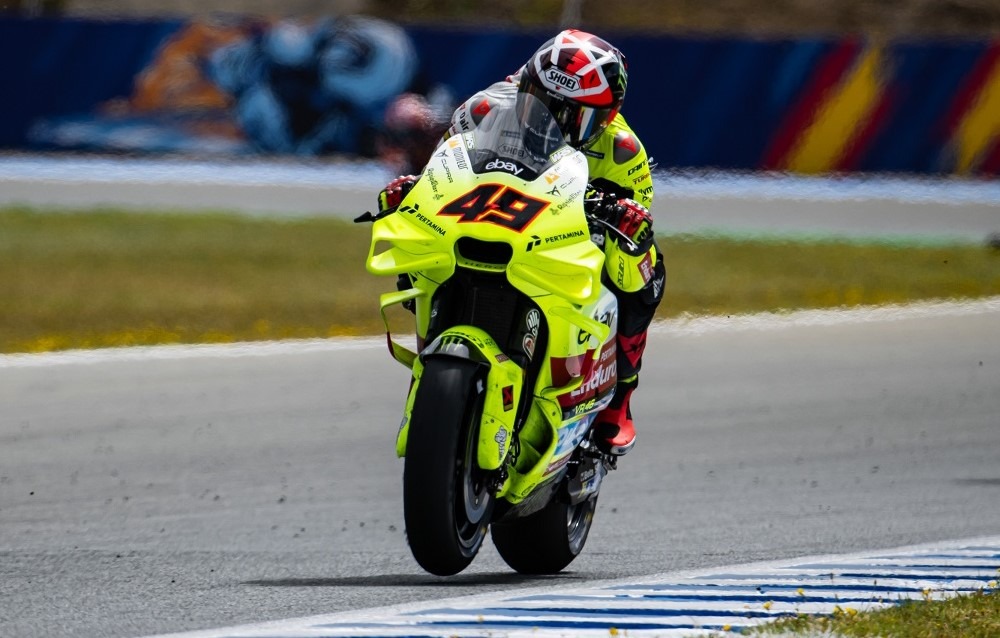Aprilia unveiled a prominent rear diffuser inspired by F1 at the 2024 MotoGP pre-season test at Sepang on Tuesday causing quite a stir within the MotoGP paddock.
Although aerodynamic equipment have been more common in the premier bike series for a few years now, manufacturers seem to have taken things a few notches higher for 2024 MotoGP, as seen from images released this week at the Sepang International Circuit.
All five MotoGP manufacturers have focused more on aerodynamics during the winter, but Aprilia has made some drastic changes in an attempt to catch up with rivals such as Ducati and KTM this season.
Aprilia unveiled another aerodynamic concept that is sure to spark a lot of debate in the MotoGP paddock in the back, while KTM piqued interest with its somewhat unconventional nose, complete with a micro front wing sticking out of the fender.
F1 which has been actively researching certain development avenues for several decades, is always the source of inspiration. Although adapting these ideas to the world of two wheels is challenging, it also makes some concepts extremely novel when used in bike design.
Aerodynamicist Marco De Luca who is the Head of Vehicle at Aprilia Racing, is hardly short of creative ideas. He carries a lot of Formula 1 experience after working with the winning Ferrari during the Schumacher era.
De Luca decided to debut the first MotoGP diffuser on the new RS-GP after securing a patent in June for a concept that was approved in December and explains how to generate downforce while the bike is at its steepest angle.
The lower part of the tail, which was ingeniously designed to create a channel that functioned as an extractor profile drew more attention than the upper part, which only features two lateral profiles, a small cantilevered flap and a single fin in place of the triplanes that are becoming increasingly common on MotoGP bikes.
Undoubtedly, the turbulence of the rear wheel causes inefficiencies. However, one of the two exhausts is located inside the tunnel and accelerates the flow trend, enhancing air extraction by blowing hot gases.
Two other helpful components for tidying the trail and improving diffuser efficiency are the two vertical bulkheads on either side of the rear wheel that are fixed to the rear swingarm.
It will certainly be intriguing to see how the MotoGP riders respond to this invention, which is unlikely to be easily replicated right away because it necessitates meticulous CFD work and, most importantly, wind tunnel testing.
With this, a new avenue of research and development has now been established and will transform MotoGP’s aerodynamic concepts.
